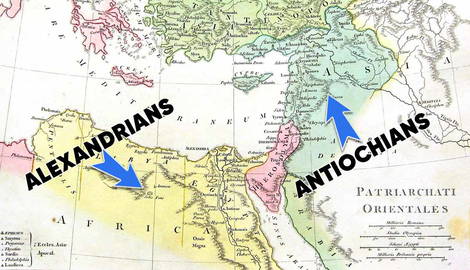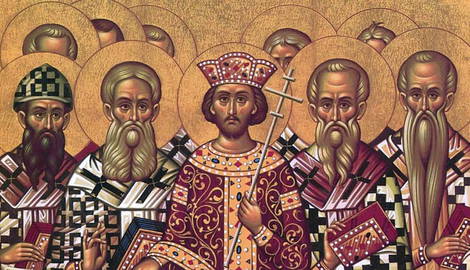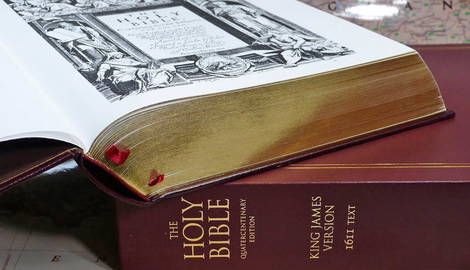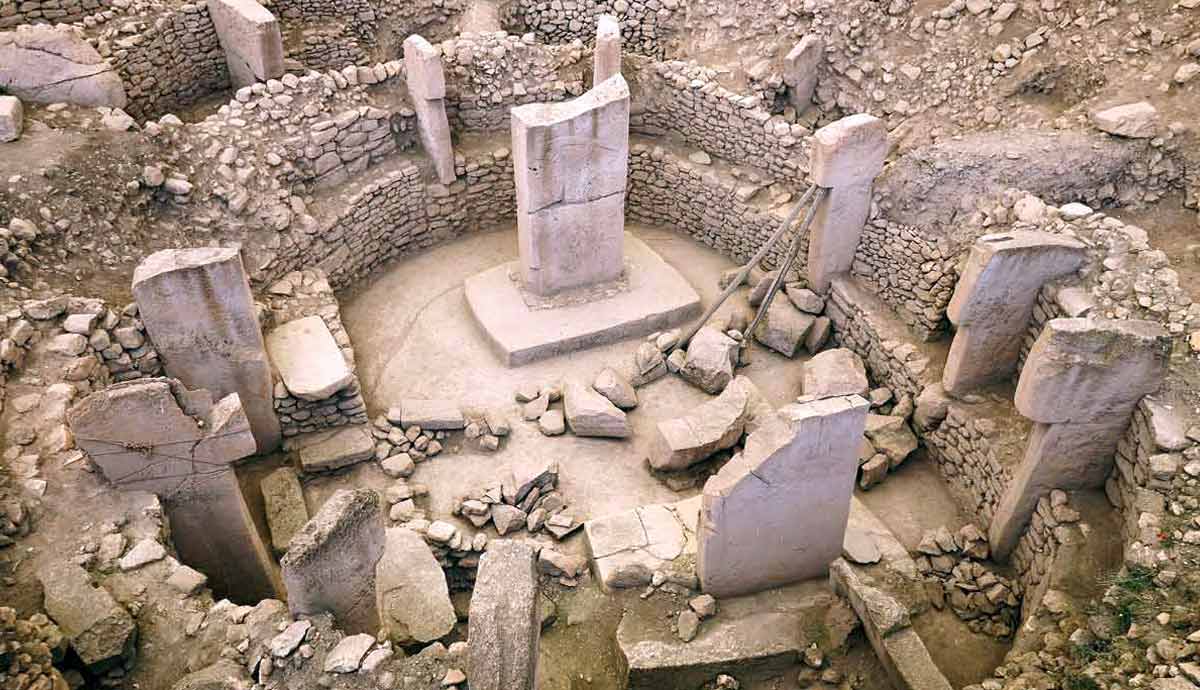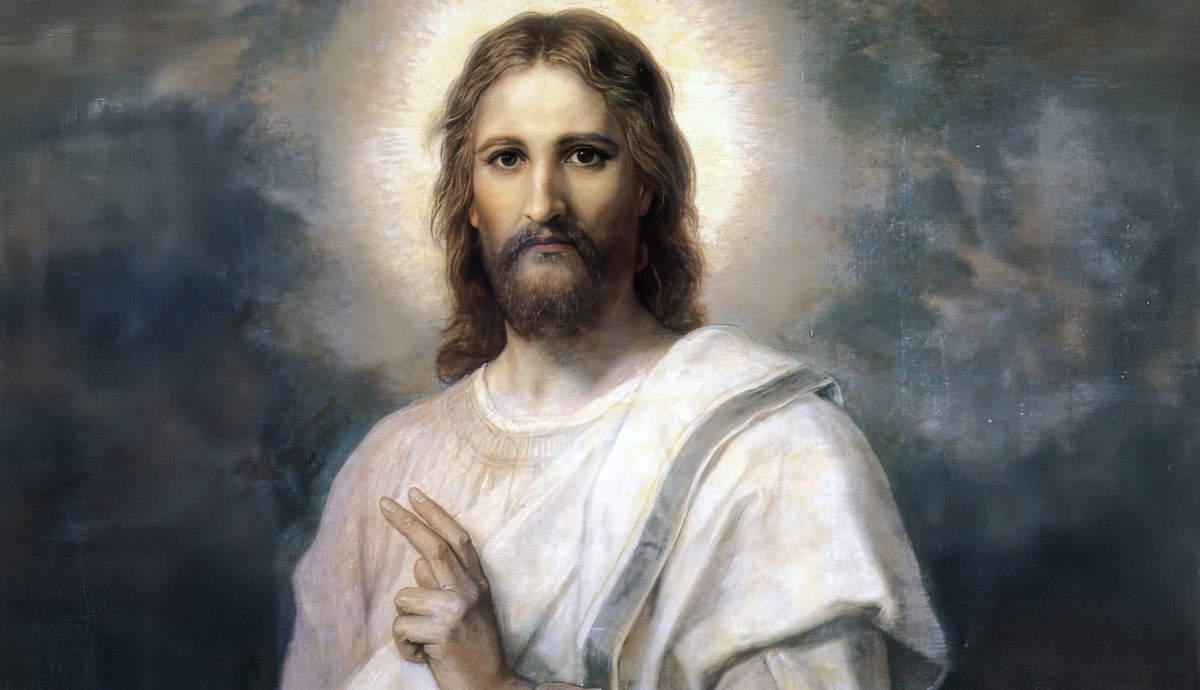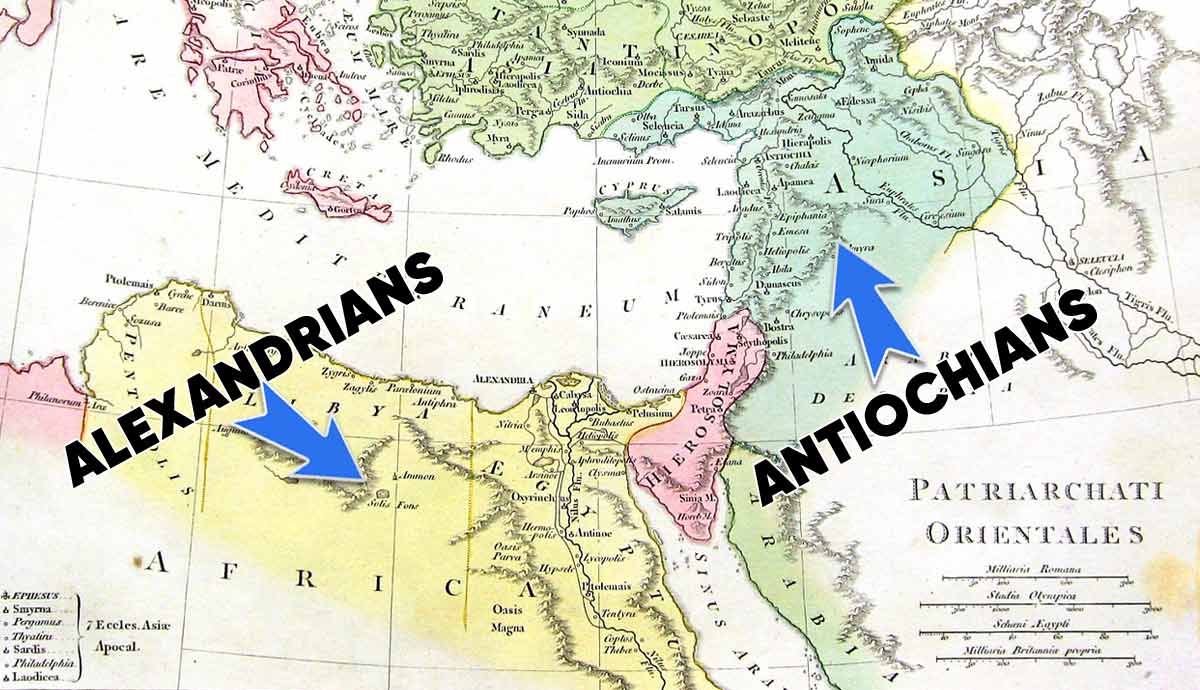
In the 300s CE, the Church had come out of a period of persecution and into favor directly with the Roman Emperor. At this point, various factions were forming based around particular emphases on theological matters, including the Antiochians and the Alexandrians.
The Antiochians in Syria

The Antiochians were a school of theologians in the 300s based out of Antioch, in Syria, now modern-day Turkey. Their original leader, Lucian, is mostly unknown. The emphasis of their theology was on the literal meaning of scripture. A literal view of scripture brought them to focus on the humanity of Jesus Christ, and the distinct separation of natures of the human and divine natures of Jesus.

The Antiochians believed a separation was necessary to keep the divine aspects of Jesus with his divinity and human aspects attributed to his humanity. These Antiochian views were also heavily influenced by Aristotle. Among the Antiochian school were figures such as John Chrystosom, Theodore of Mopsuestia, Ibas of Edessa, Arius, Eusebius of Nicomedia, and Nestorius.
Heresies and the Antiochians

While many Antiochians could be considered as to conforming to standard Christianity, some heresies did arise out of the movement. Probably the best known is Nestorianism, which at its most extreme denies what is known as the hypostatic union – that Jesus Christ is one person with two distinct natures, human and divine. Nestorianism holds that Jesus was two separate persons, human and divine. The Council of Ephesus in 431 CE dealt with the heresy of Nestorianism.
The Alexandrians in Egypt

The Alexandrians were a group of theologians based out of Alexandria, Egypt, originally under the leadership of Pantaenus. Their emphasis was on the deep, allegorical meaning of scripture, and their view led them to believe that every action of Jesus Christ was attributed to His divinity, even any that appeared human.

Some of the adherents went so far to hold that the humanity of Christ was a mere “shell” that contained the divine Logos, as described in the first chapter of the Gospel of John. Platonism and Neo-Platonism were heavy influences in Alexandrian theological development. Origen, Athanasius, Cyril of Alexandria, and Apollinaris are members of the Alexandrians.
Heresies and the Alexandrians

Apollinarianism was the most prominent heresy to arise out of the Alexandrian theologians. It held that the human mind in Jesus Christ was completely replaced by the divine Logos, as the humanity of Christ would have been too corruptible and could not have obtained the perfection in the flesh of Christ. Apollinarianism would be condemned at the First Council of Constantinople in 381 CE.
Conflicts Between the Alexandrians and Antiocheans

While some might view the differences between the Antiochians and Alexandrians as squabbling over insignificant details, the Christological fights brought about a theological bulwark in the Christian church that stood the test of time.
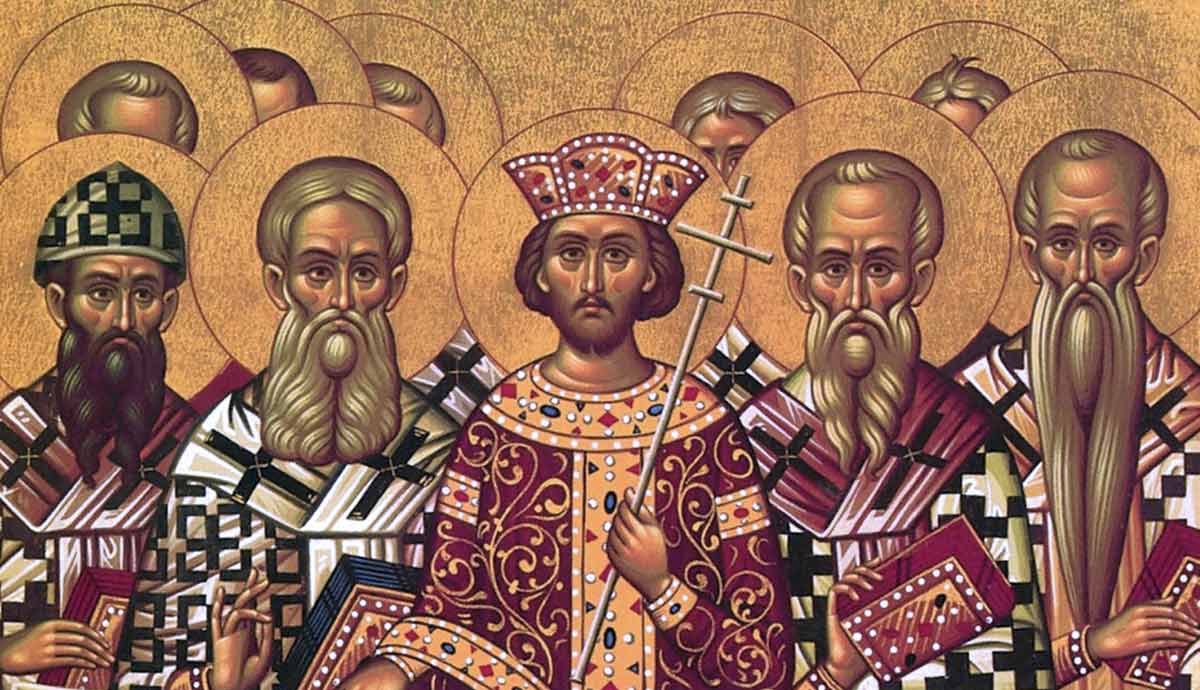
The Church was forced to deal with scripture and issues that required a precision in language and study to come to definite conclusions, as well as work out a system by which the Church could make decisions that could generally be accepted throughout most of Christian churches.
Present Day Influences
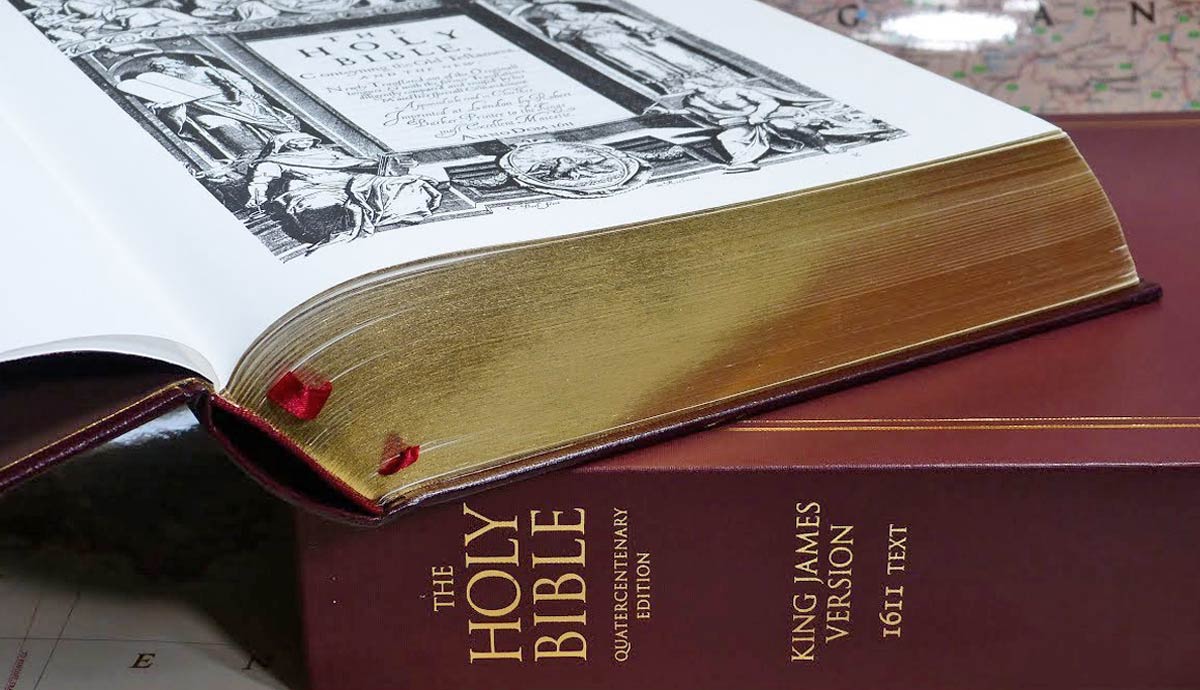
In the present day, the creeds and Christology (the theology of who Jesus Christ is) produced by the early church are still accepted by most of Christianity, both Protestant and Catholic alike. Even in the turmoil of the Protestant Reformation over a thousand years later, the problems that Christians fought over were more related to soteriology (how people are “saved,” or made right with God) than with Christology.
